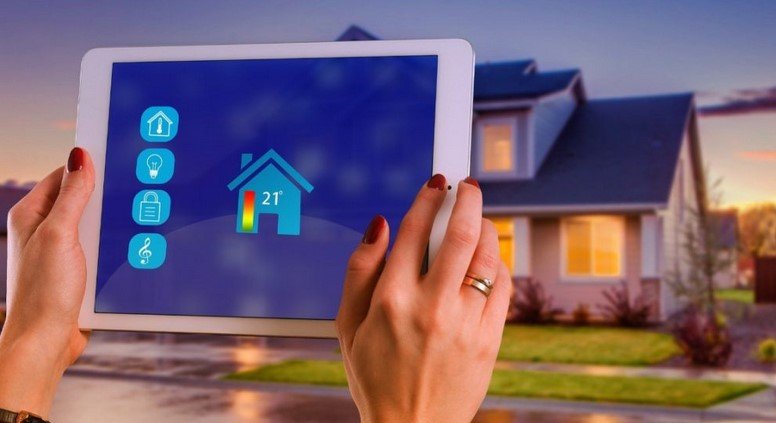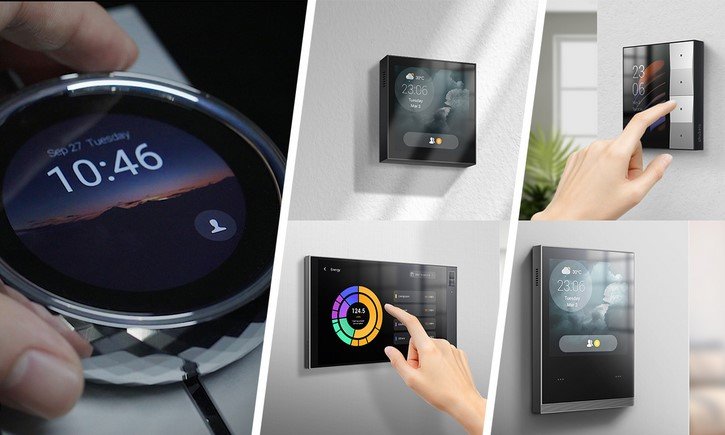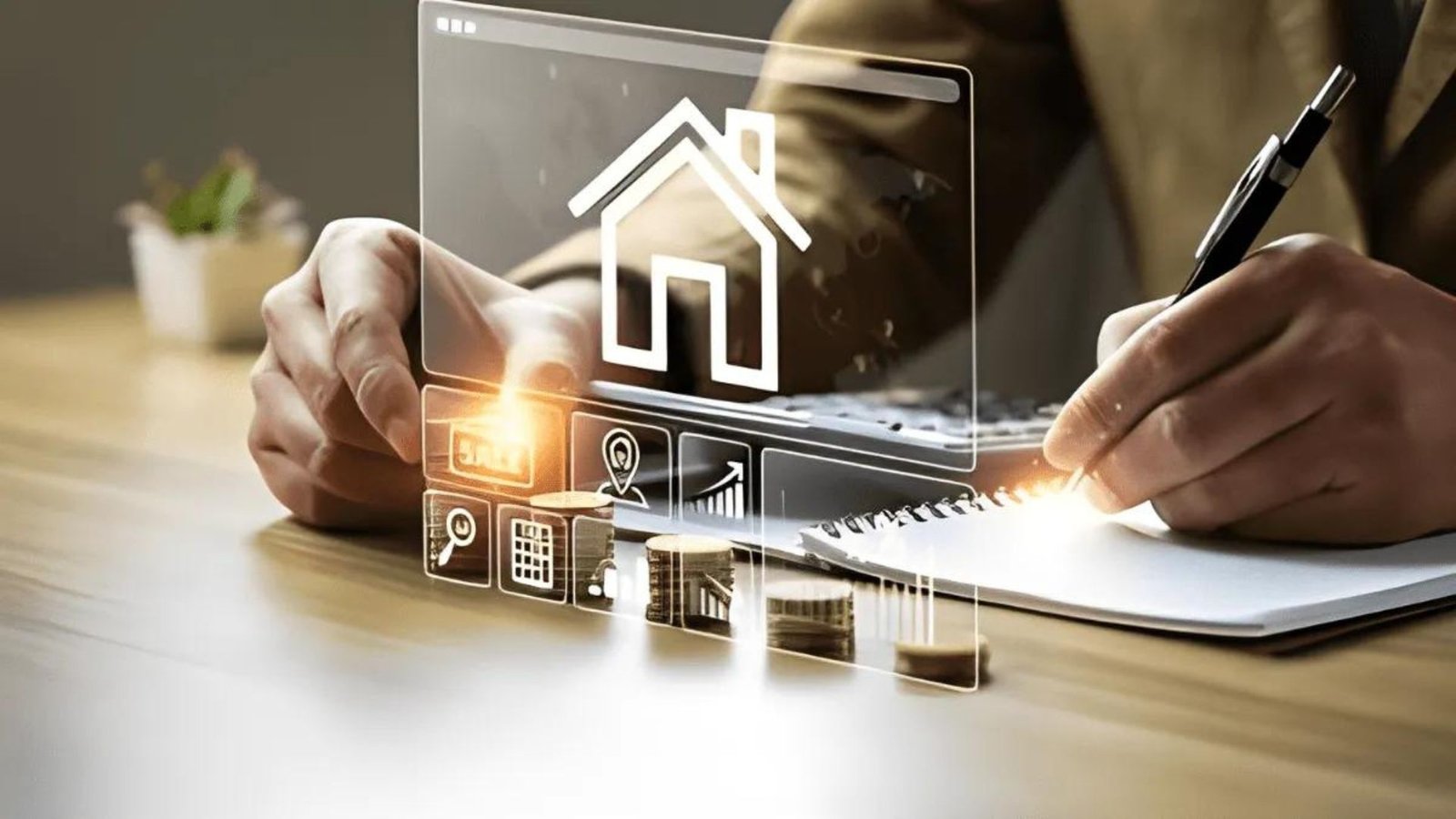Smart home technologies are transforming the way we live, offering enhanced convenience, security, and efficiency. As innovation continues to advance, new technologies are emerging that promise to make our homes smarter than ever. In this post, we’ll explore the latest smart home technologies to watch, their benefits, and how they are shaping the future of home automation.

1. Voice-Activated Assistants
Enhanced Home Control
Voice-activated assistants, such as Amazon Alexa, Google Assistant, and Apple Siri, have become integral to smart home ecosystems. These devices enable users to control various smart home functions using voice commands, making it easier to manage lighting, thermostats, and entertainment systems. Future advancements in voice recognition and natural language processing will further enhance these assistants’ capabilities, providing even more seamless control and personalization.
Integration with Other Devices
Voice-activated assistants are increasingly integrating with other smart home devices, creating a more cohesive and intuitive home automation experience. By connecting with smart appliances, security systems, and lighting controls, these assistants allow for more complex and customized automation routines, enhancing overall convenience and efficiency.
2. Smart Security Systems
Advanced Surveillance Cameras
Smart security systems are evolving with advancements in video surveillance technology. Modern surveillance cameras now offer features like high-definition video, night vision, and motion detection. Some models even include facial recognition and real-time alerts, providing enhanced security and peace of mind. These systems can be integrated with other smart home technologies for a comprehensive security solution.
Smart Locks and Access Control
Smart locks offer keyless entry and advanced access control options. Users can unlock doors remotely, provide temporary access codes, and monitor entry logs through smartphone apps. This technology enhances home security and provides greater flexibility in managing access to your property.
3. Smart Lighting
Adaptive Lighting Solutions
Smart lighting systems are designed to offer more than just on/off functionality. With adaptive lighting solutions, users can adjust brightness, color temperature, and even color, creating customized lighting scenarios for different activities and times of day. Advanced systems can also sync with your daily routines or integrate with voice assistants for hands-free control.
Energy Efficiency
Smart lighting technologies often include energy-saving features, such as motion sensors and automated schedules. These features help reduce energy consumption by ensuring lights are only on when needed, contributing to lower utility bills and a more eco-friendly home.
4. Home Automation Hubs
Centralized Control
Home automation hubs act as central controllers for various smart home devices. These hubs enable seamless integration and coordination between different devices, providing a unified interface for managing your smart home ecosystem. By consolidating control in one place, users can create more complex automation routines and streamline their home management.
Compatibility and Integration
Future home automation hubs are expected to offer improved compatibility with a wider range of smart home devices and standards. This will enhance the flexibility and ease of integrating new technologies into existing systems, making it simpler to expand and upgrade your smart home setup.
5. Smart Thermostats
Optimized Climate Control
Smart thermostats offer advanced climate control features, such as learning algorithms that adapt to your preferences and automated scheduling. These devices can also be controlled remotely via smartphone apps, allowing you to adjust your home’s temperature from anywhere. Enhanced energy-saving features help reduce heating and cooling costs while maintaining comfort.
Integration with Other Smart Devices
Smart thermostats often integrate with other smart home devices, such as weather sensors and voice assistants. This integration enables more precise climate control and can enhance the overall efficiency of your home’s heating and cooling systems.
6. Smart Appliances
Innovative Kitchen Solutions
Smart appliances, such as refrigerators, ovens, and washing machines, are becoming increasingly common in modern homes. These appliances offer features like remote monitoring, automated cooking programs, and energy management. Future innovations may include even more advanced capabilities, such as predictive maintenance and enhanced connectivity with other smart home systems.
Enhanced Convenience
Smart appliances enhance convenience by allowing users to control and monitor their devices remotely. For example, you can preheat your oven while on your way home or check the contents of your refrigerator from your smartphone. These features simplify daily tasks and contribute to a more efficient home.
Conclusion: Embracing the Future of Home Automation
Smart home technologies are rapidly advancing, offering new ways to enhance convenience, security, and efficiency in our homes. By staying informed about the latest innovations and integrating them into your home, you can enjoy a more connected and intelligent living environment. As technology continues to evolve, the possibilities for smart home automation will expand, providing even more opportunities to improve our daily lives.




